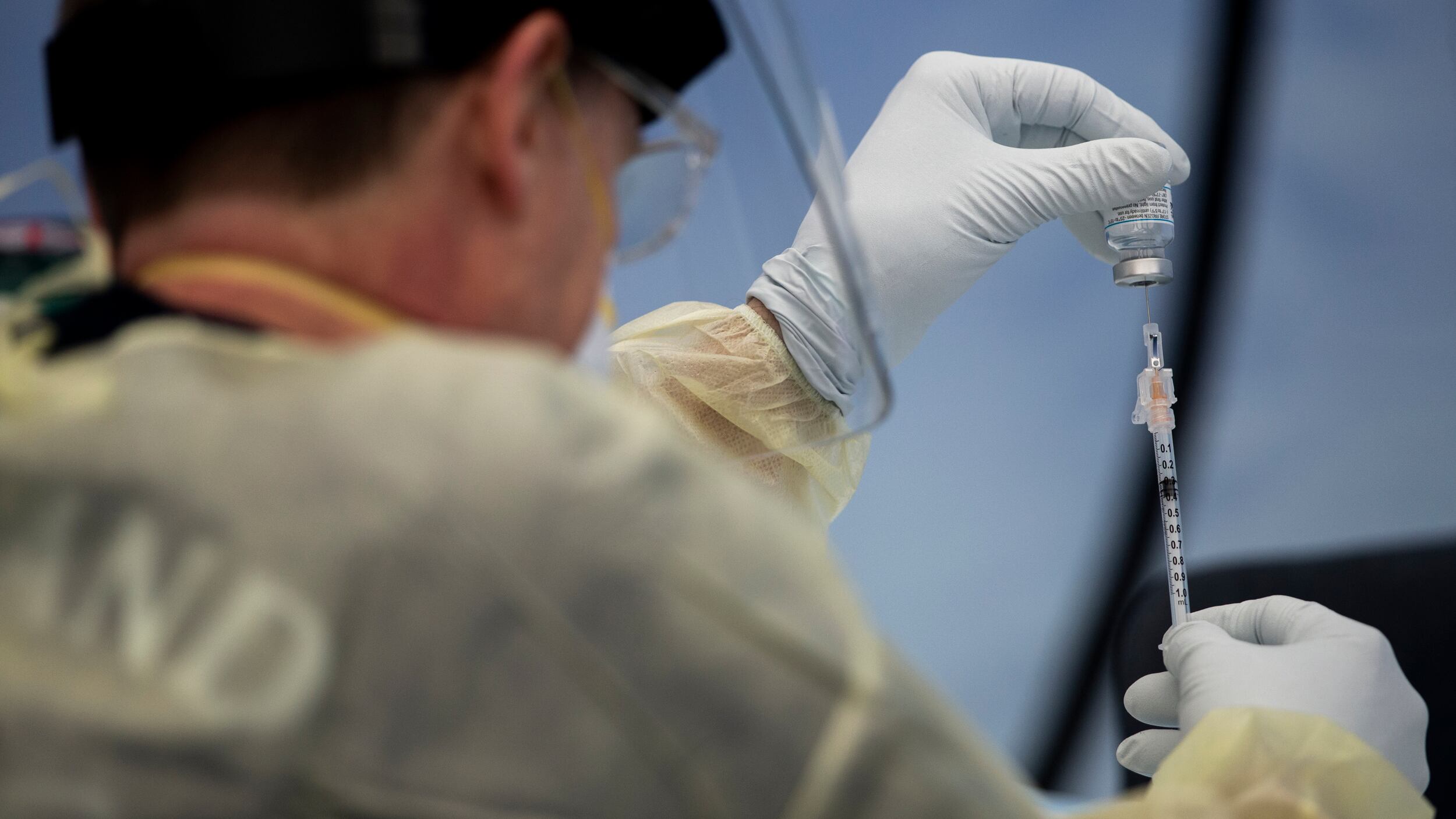Here’s an inconvenient statistic: Since January 2021, 1 out of every 5 COVID-19 deaths in Oregon was someone who was fully vaccinated. That’s 833 deaths, according to Oregon Health Authority data.
That is not a reason for most Oregonians to be fearful. The median age of vaccinated patients who died was 81, roughly 80% have been over age 70, and only 0.6% of documented breakthrough cases resulted in death. And a national study of breakthrough deaths found that more than three-quarters of fully vaccinated patients who died had at least four underlying medical conditions.
That number does not mean vaccines aren’t working, though there will be plenty who make that case without facts to back them up.
But it does mean that vaccines alone haven’t stopped the deaths of the most vulnerable. (Nationwide efforts continue to make the vaccines more effective for people who are immune compromised—the Centers for Disease Control and Prevention recommended this week a fourth dose at a shortened interval, three months.) For the most vulnerable, the pandemic is not nearly over.
Emily Cooper speaks for some of those people.
As the state prepares to drop its mask mandate, WW asked Cooper, legal director of Disability Rights Oregon, what Oregonians owe the most vulnerable.
WW: Who is still dying?
Emily Cooper: My understanding, based on the dashboard at the Oregon Health Authority, is who’s getting the most sick and who’s dying are predominantly people who are unvaccinated, but also people with underlying health conditions, including people with disabilities.
What are you hearing from people with disabilities during this supposedly milder Omicron wave?
The attitude that, in the worst case, I get COVID, I have a really bad cold—that may be a perspective that some have. But the risk shifts when something like that kind of infection can shut down your organs or kill you. And then, when you look at that fear and you see it mirrored in the data of who’s still dying, you know, it’s hard to have a cavalier attitude about that.
There is some concern in the worst-case scenario that “long COVID” will permanently disable millions of people. What needs to be in place for them?
I would really love to change how we are seen in the community, particularly the medical community. I think the crisis standards of care were one really big tool we wanted to dismantle. [Disability Rights Oregon advocated changing OHA standards for how care is rationed in a crisis, so that people with disabilities are not discriminated against.] I would love to see more doctors with disabilities who bring with them that perspective and can really, you know, kick that bias out the hospital doors. I would love for more people to look at disability the way I do, which is 1 in 4 of us have a disability. That’s a lot of us.
And so, instead of this being a marginalized community or these are just a small subset of folks who don’t count and don’t matter, it’s your neighbor, it’s your mom. It maybe is you now.
What do you say to someone who says, “I’ve done everything asked of me (stayed home, worn masks, gotten vaccinated and boosted) and I’m ready to enjoy life”?
I get that people are tired and want things to go back to normal. But what I live every day is that we are still afraid. We are still afraid of this disease killing us, of getting the disease and not getting fairly treated when we go to the hospital, not having our support people when we get there [a right Disability Rights Oregon fought for early in the pandemic when hospitals closed to visitors], having our benefits taken away from us. And as long as there is that very real fear that is borne out by what has happened, then I’m going to be fighting for the protections and the steps to make sure that as many of us get through this pandemic safely.
When will the pandemic be over for people who are vulnerable?
When you’re not seeing us die. Or at least not disproportionately.

